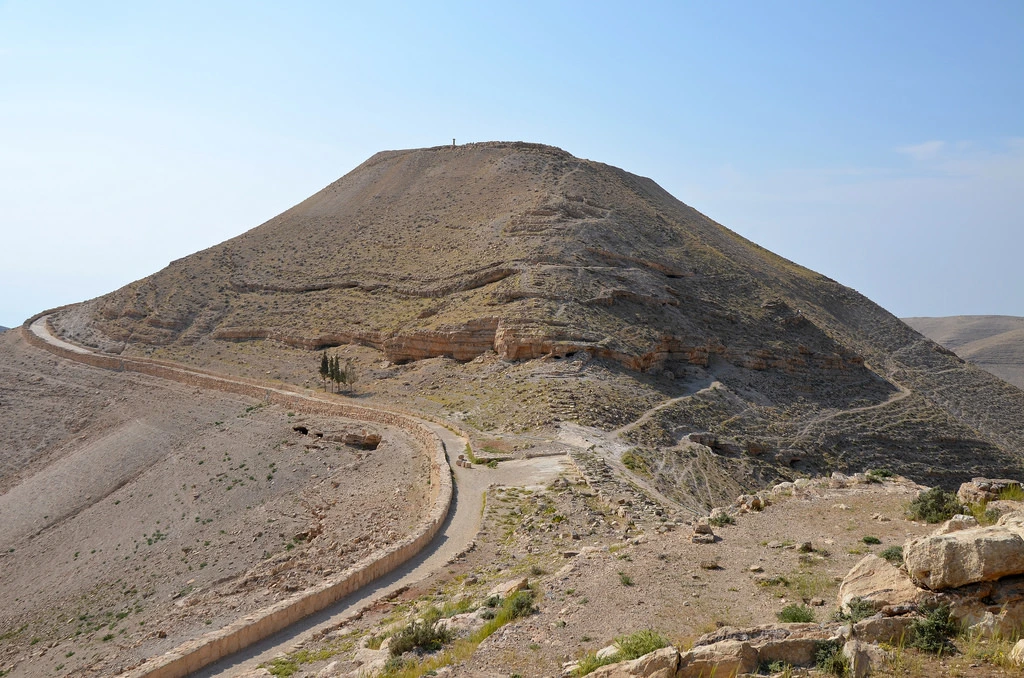Machaerus is a fortified hilltop palace overlooking the Dead Sea in Transjordan, southeast of the mouth of the Jordan river. The fortress was erected by the Hasmonean king Alexander Jannaeus (103–76 BC) and was destroyed by Pompey’s general Gabinius in 57 BC, but later rebuilt by Herod the Great. Upon Herod’s death, his son Herod Antipas inherited the fortress where Salome is said to have danced in return for the head of John the Baptist. During the First Jewish Revolt, Jewish rebels took control of the fortress besieged and destroyed by the Romans in AD 72.
Coordinates: 31° 34′ 2″ N, 35° 37′ 27″ E
Alexander Jannaeus, the second Hasmonean king of Judaea, first built the fortress of Machaerus around 90 BC in southern Perea. It was used as one of the depositories for his treasures and as an important strategic position. Machaerus later served as a base for Aristobulus II in his resistance against the Romans. Pliny the Younger, in his Historia Naturalis, describes it as one of the strongest points in the region after Jerusalem. The Romans conquered the Hasmonean state in the 60s BC, and the fortress was destroyed by the Roman commander Aulus Gabinius in 57 BC after suppressing the revolt led by Aristobulus II and his son Alexander.
King Herod the Great rebuilt the fortress in 30 BC and turned the originally defensive centre into a lavish palace measuring approximately 110 meters east-west and 60 meters north-south. It was divided into two wings: the eastern wing contained a bathhouse with mosaic floors and five storage rooms. The western wing had a peristyle court surrounded on all sides by colonnades opening onto two halls on the south, triclinia. The wall surrounding the fortress was defended on both sides by a tower (see a reconstruction image here).
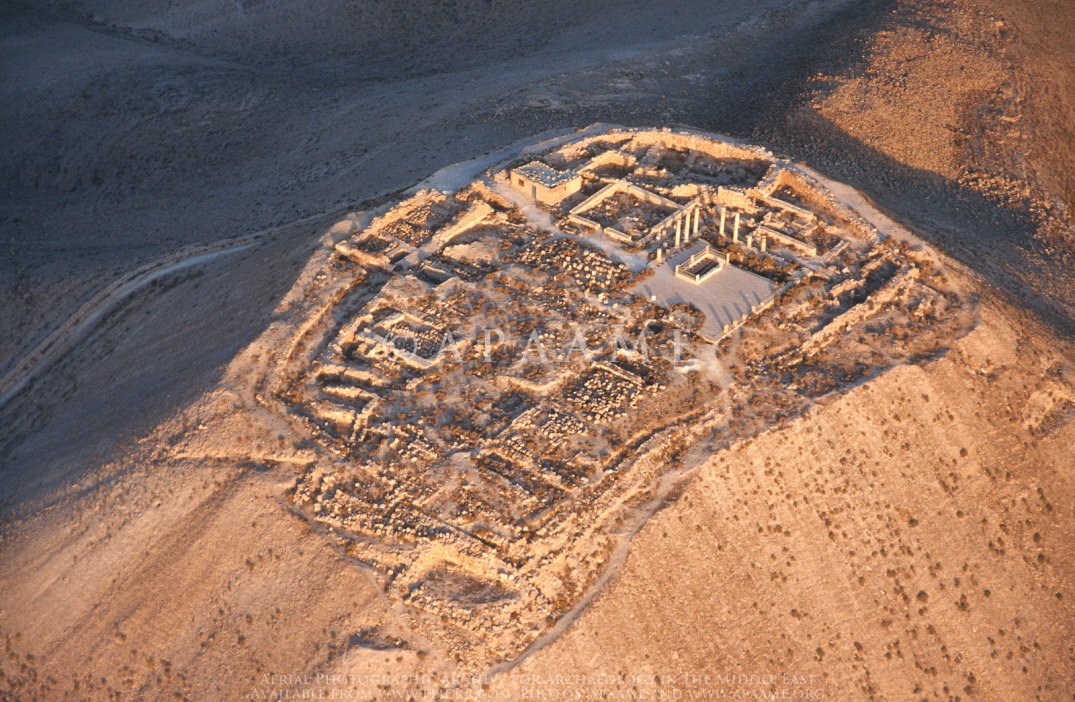
Copyright: Creative Commons Attribution-Noncommercial-No Derivative Works
After Herod’s death, the fortress passed to his son Herod Antipas, who ruled from 4 BC until AD 39. During this time, John the Baptist was imprisoned and beheaded at Machaerus. According to the Bible, Salome is said to have danced for Herod Antipas, who, impressed by her performance, promised her anything she wanted. Encouraged by her mother, Herodias, Salome demanded John the Baptist’s head on a platter. His subsequent execution also took place in the fortress.
After the deposition and banishment of Herod Antipas, Machaerus passed to Herod Agrippa I until his death in AD 44, after which it came under Roman control. At the outbreak of the Jewish Revolt in AD 66, the Roman garrison abandoned the fortress into the rebel’s hands, who held it up until AD 72. In that year, the Roman legate Lucilius Bassus besieged the fortress by building a siege ramp on the ridge of the hill before taking and destroying it. The fortress was not rebuilt after that, but the Christians built a church on the eastern hill during the Byzantine period, calling the site Machaberos.
The site was rediscovered by the Frisian explorer Ulrich Jasper Seetzen in 1807. The archaeological excavation of Machaerus began in the 1960s by E Jerry Vardaman, then in the 1970s, 80s and 90s by Virgilio Canio Corbo and Michele Piccirillo. Since Father Piccirillo’s death in 2008, the Hungarian Academy of Arts has conducted archaeological excavations and architectural surveys on the ancient hilltop.
PORTFOLIO
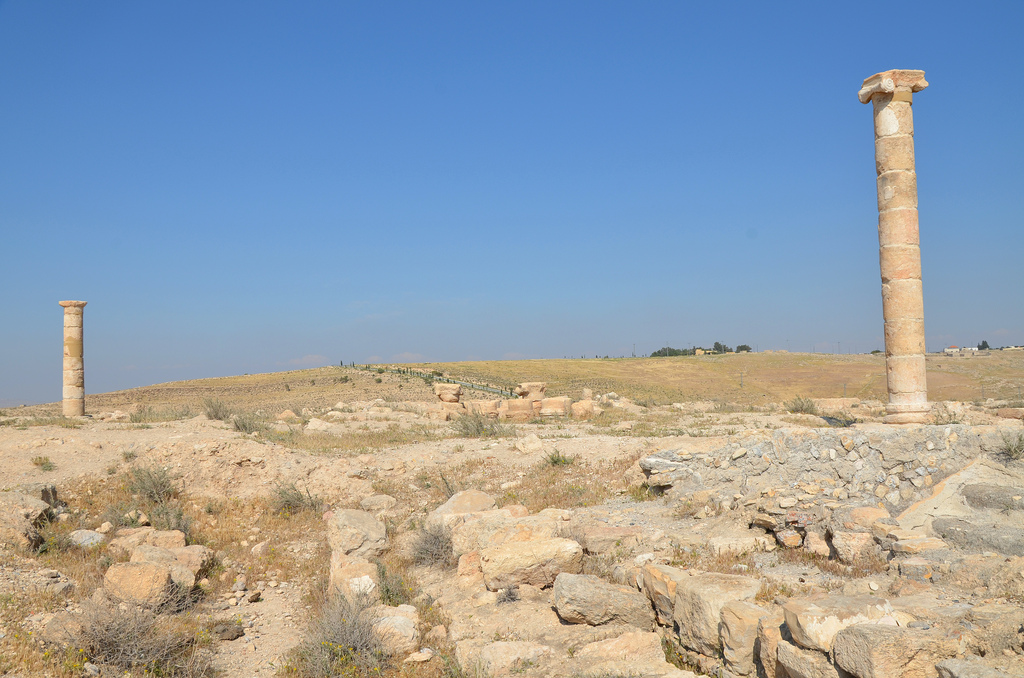
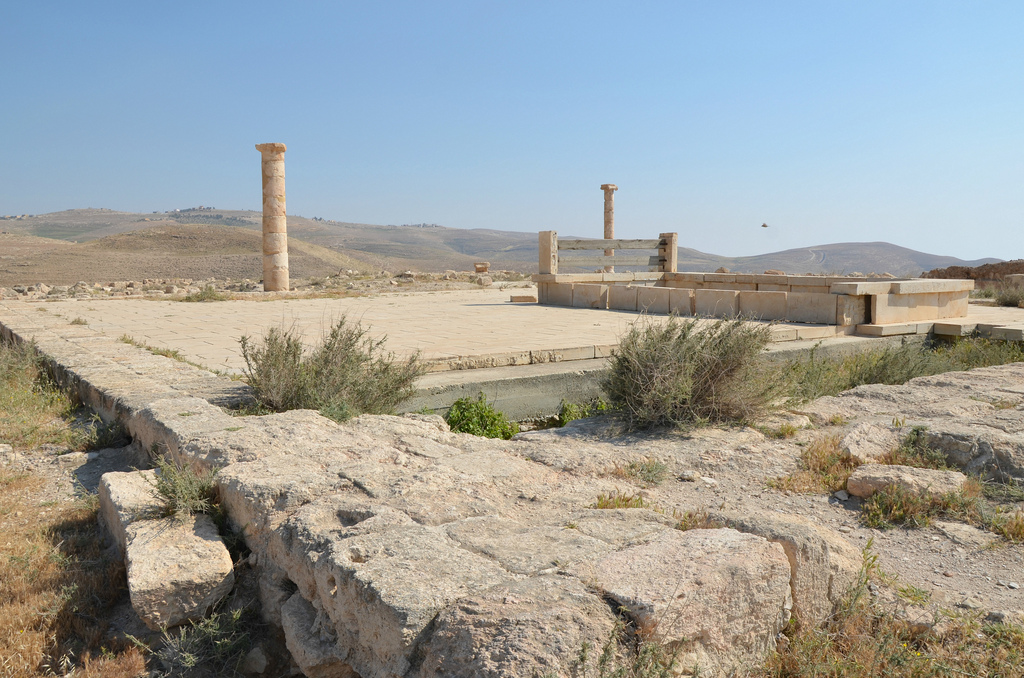
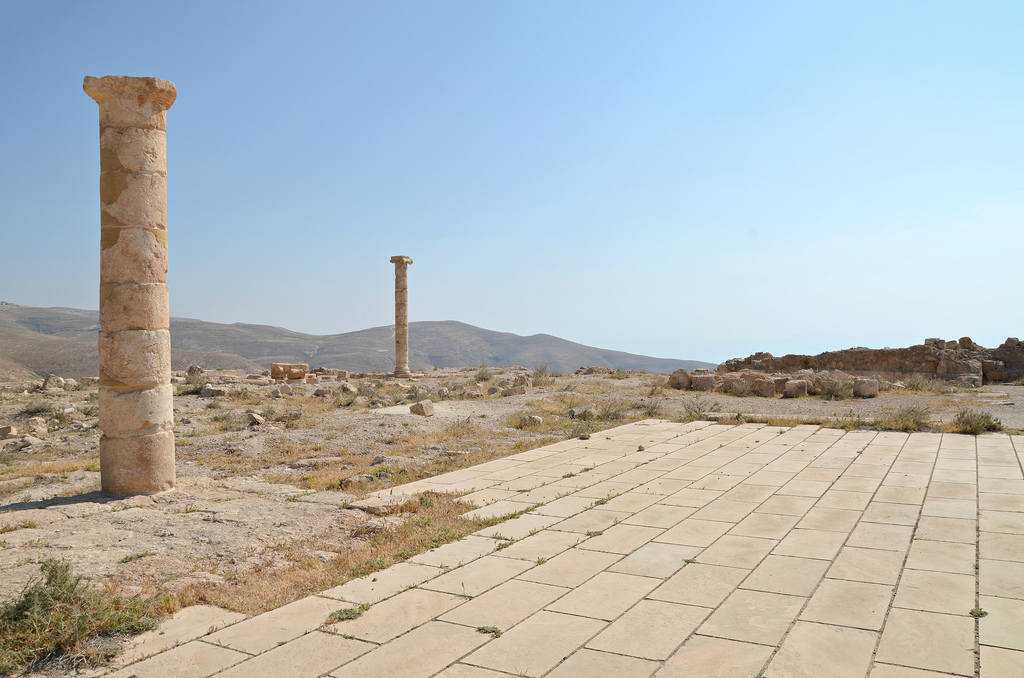
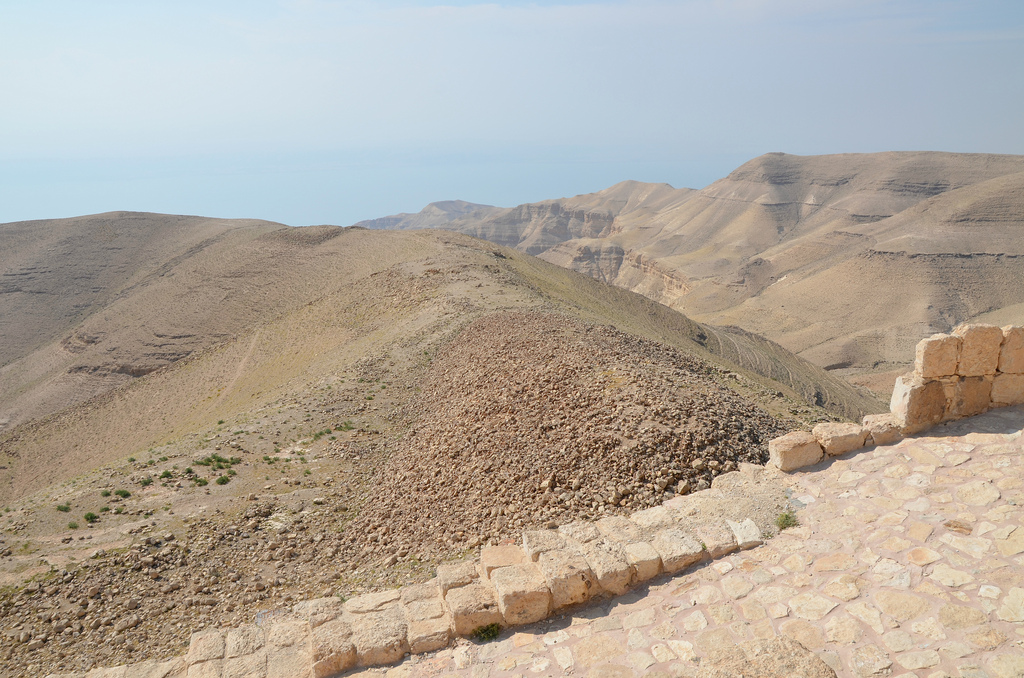
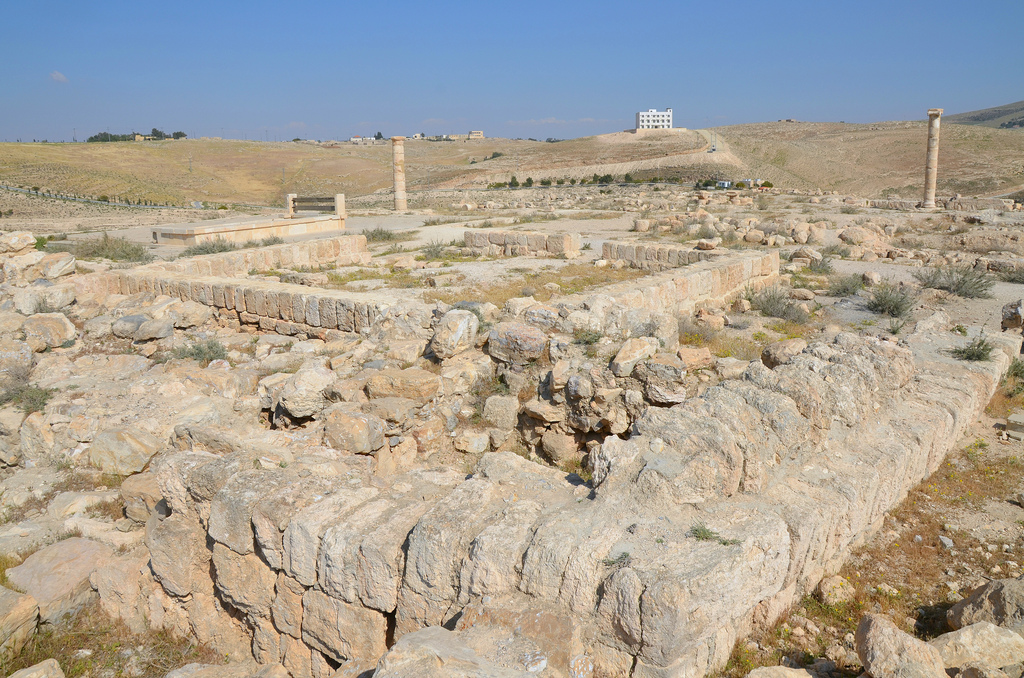

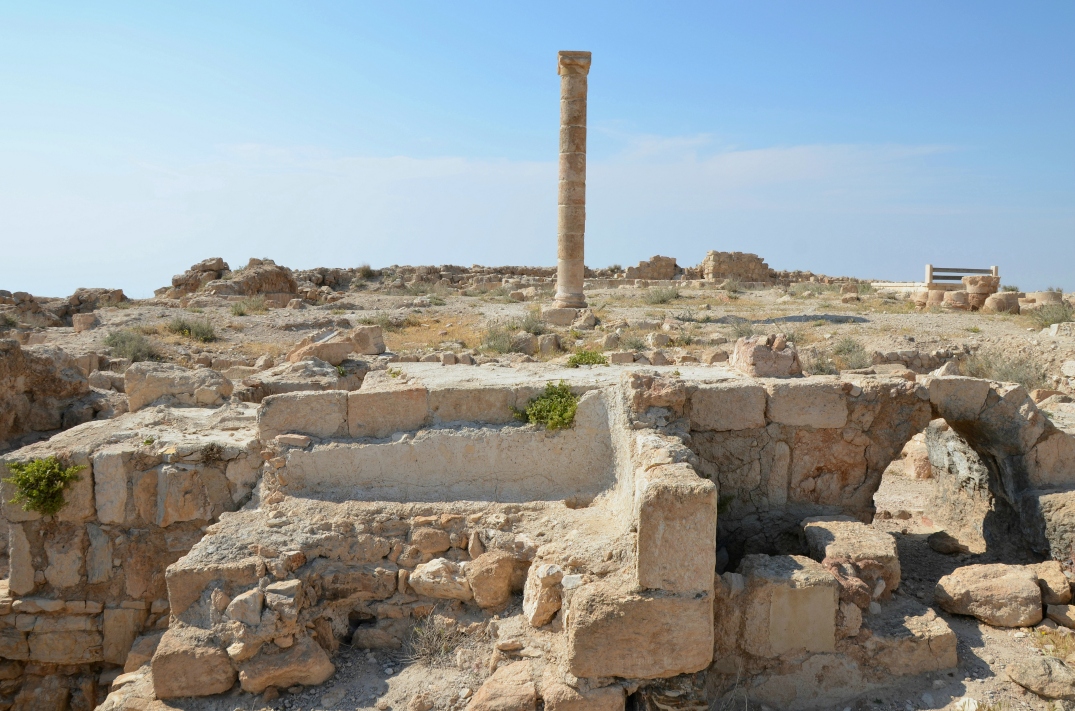

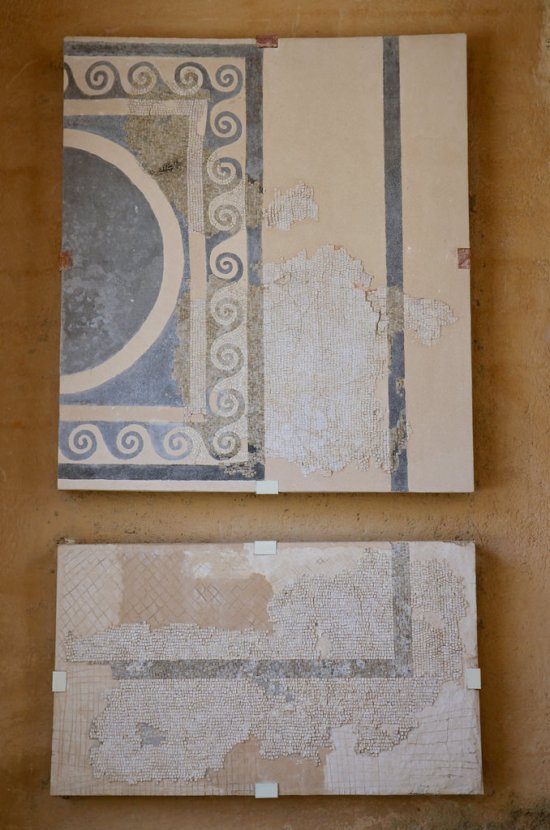
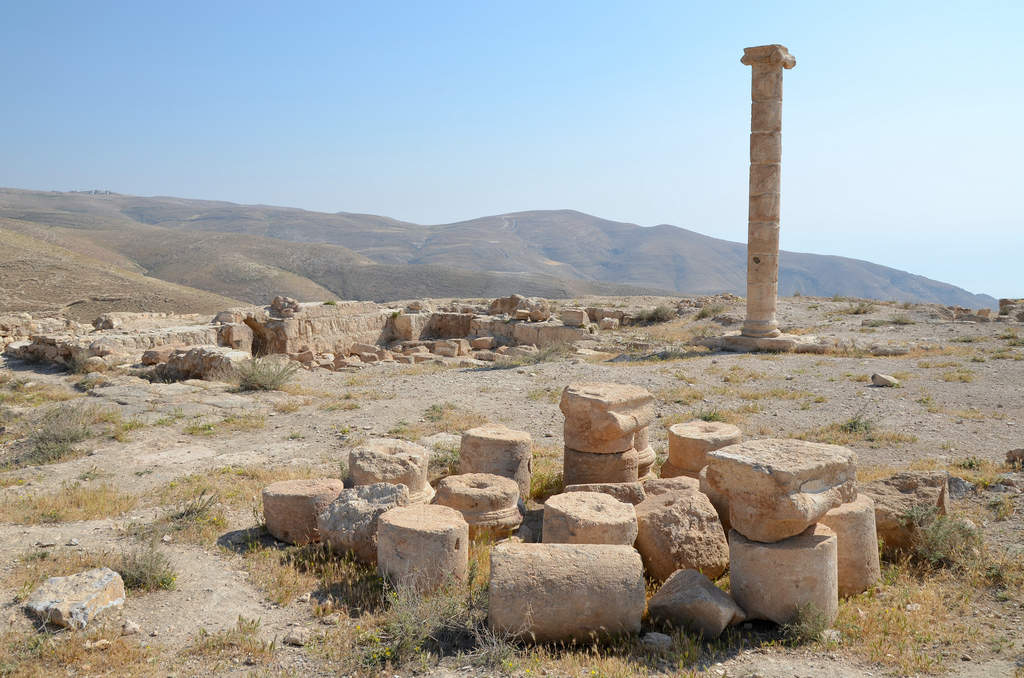
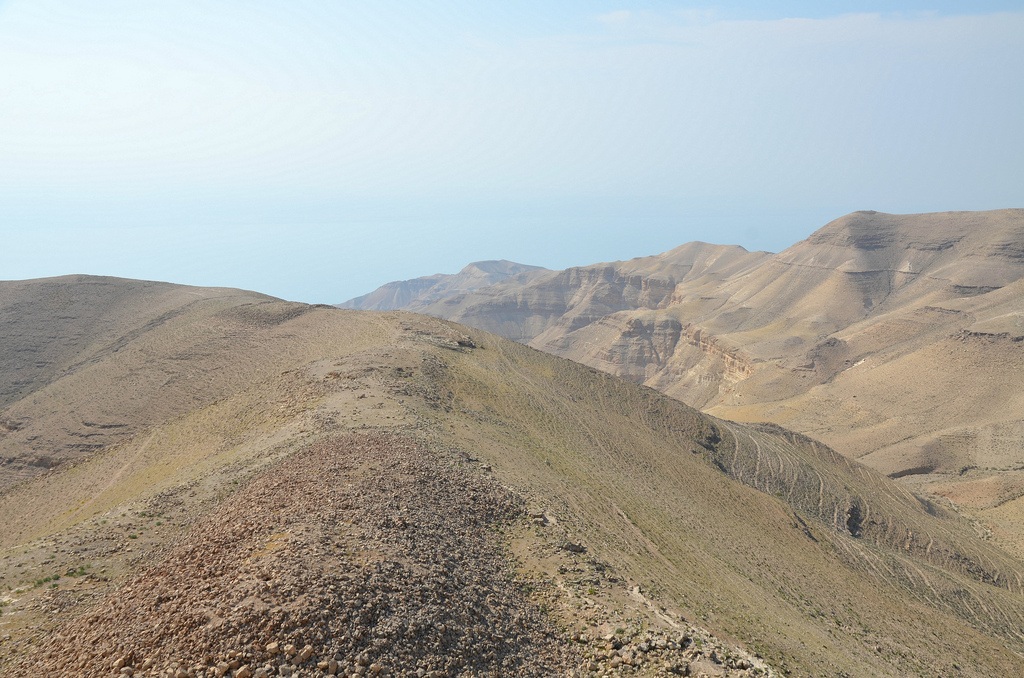

Links:
- Wikipedia
- Hungarian Archaeological Excavations in the Fortified Herodian Royal Palace of Machaerus
- Bible History Daily – Machaerus: Beyond the Beheading of John the Baptist
Explore the site with reconstructions of the Herodian palace - The Princeton Encyclopedia of Classical Sites
